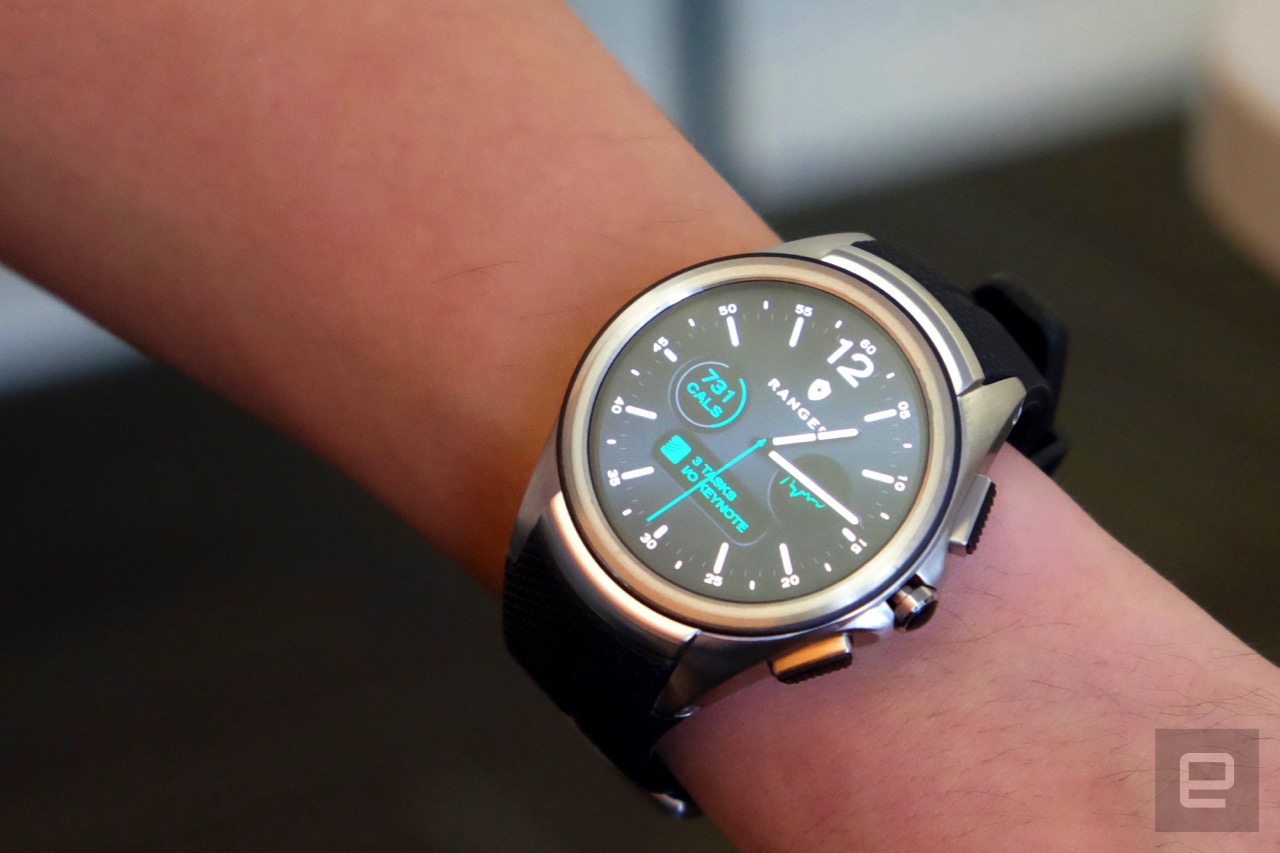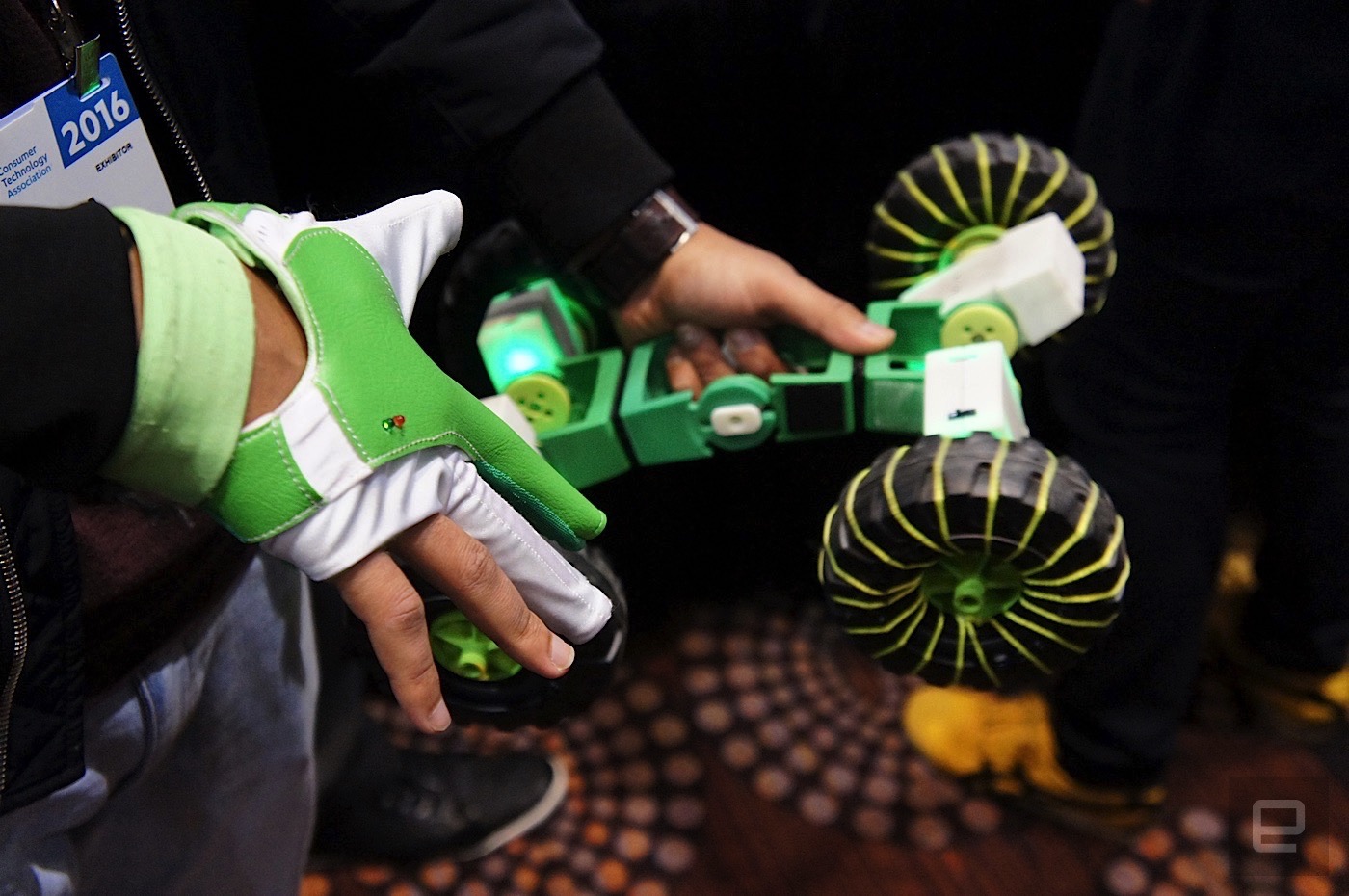“Wearable tech” is the latest big trend and the buzziest buzzword of the moment. Techies are figuring out what works, old people are either hating all of it or trying to buy stock in some of it, and horologists are trying to figure out where they stand on the subject of smartwatches. Of course, there’s more to it than just watches: I’ve seen quadcopter photography rigs that can be worn as a bracelet, compression bodysuits that keep track of your every move and muscle contraction during workouts, and even fitness trackers for dogs. 16Lab has made the first “smart” ring I’ve run across, and it looks genuinely useful.


The 16Lab ring has a lot of features packed into it’s chunky titanium casing. It can interface with a variety of devices as a gesture-based mouse, work as a keyboard for Google Glass users, serve as an electronic wallet, act as a no-touch key, and serve as the locus of power for an evil necromancer issue alerts from other devices. The battery is supposedly good for 20 hours per charge, and about three years of nightly recharging.
There’s no word at this point if or when the 16Lab ring will hit the market, or how much it will cost, though the company plans on selling a developer kit in the coming months.
[via 16Lab]
 Are you the sort to treat your wrist as a test bed for Google software? If so, today's a grand day. Google has released its second developer preview of Android Wear 2.0, and it packs more than just some extra spit and polish. It now supports wrist...
Are you the sort to treat your wrist as a test bed for Google software? If so, today's a grand day. Google has released its second developer preview of Android Wear 2.0, and it packs more than just some extra spit and polish. It now supports wrist...
 Are you the sort to treat your wrist as a test bed for Google software? If so, today's a grand day. Google has released its second developer preview of Android Wear 2.0, and it packs more than just some extra spit and polish. It now supports wrist...
Are you the sort to treat your wrist as a test bed for Google software? If so, today's a grand day. Google has released its second developer preview of Android Wear 2.0, and it packs more than just some extra spit and polish. It now supports wrist...
 If you've ever wanted to craft a robot that you can control with your hands, you now have a chance of making it a reality: Ziro has started a crowdfunding campaign for its gesture-controlled robot kit. Pledge at least $149 and you'll get both the ce...
If you've ever wanted to craft a robot that you can control with your hands, you now have a chance of making it a reality: Ziro has started a crowdfunding campaign for its gesture-controlled robot kit. Pledge at least $149 and you'll get both the ce...
 Controlling Call of Duty or flying a drone isn't all the Myo armband can do. Researchers at Johns Hopkins University are employing the muscle-sensing wearable for a different application: prosthetics. With two of the gadgets, a patient is able contro...
Controlling Call of Duty or flying a drone isn't all the Myo armband can do. Researchers at Johns Hopkins University are employing the muscle-sensing wearable for a different application: prosthetics. With two of the gadgets, a patient is able contro...
 That big Android Wear update isn't just about allowing cellular data on smartwatches -- it's also really helpful if you don't have a hand free. Google has quietly revealed that Android Wear 1.4 has a ton of new wrist gestures beyond the usual flic...
That big Android Wear update isn't just about allowing cellular data on smartwatches -- it's also really helpful if you don't have a hand free. Google has quietly revealed that Android Wear 1.4 has a ton of new wrist gestures beyond the usual flic...











